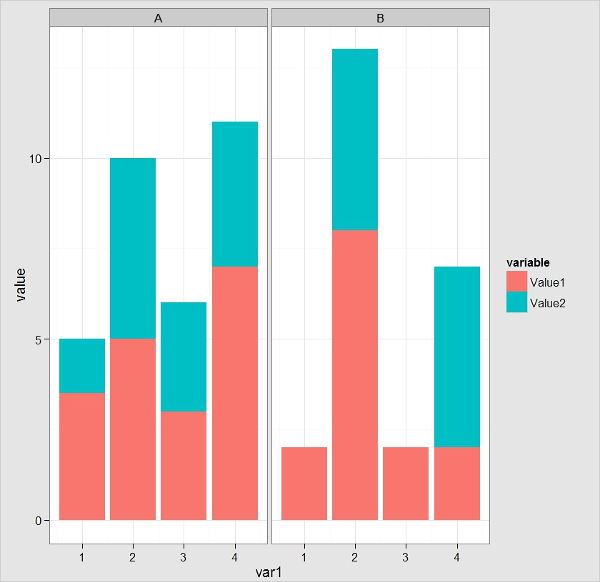

Of course, if you have already installed Anaconda in py0 of the SAAS Crash Course curriculum, you have these packages installed already. To do such tasks in Python, packages such as pandas and scikit-learn must be installed first. For example, manipulating data and creating and evaluating linear models are readily available in R by default via the ame() and lm() commands respectively. Because of this, many statistical tasks are very easily provided by even the base R libraries. Rather, R was developed for the use of data scientists and statisticians specifically. In contrast to Python, R is not a general programming language. An ordered list of commands comprises a script, which can be run automatically by the R program as well.) (Note: A command is generally used to describe an interactive style of programming, where you enter commands line-by-line in a console.

R is the name of both the language for computational tasks as well as the runtime environment that actually reads commands and scripts written in the R language to execute tasks. Print("Hello SAAS!") # Printing in Python # Hello SAAS! print("Hello SAAS!") # Printing in R # "Hello SAAS!" Its syntax (aka specific language structure) is a little different than Python’s, but a lot of it is identical! For example, in both languages, printing a string to the console is done via the same command: Just like Python, R is a programming language.

The first thing to notice about R is that it’s open-source - that is, R is free to use and anyone can see how it was made! The free and open nature of R led to the formation of the R community, a constantly-expanding network of individuals who contribute ideas and code to R and all of its packages, free-of-charge. This tutorial is the prerequisite for r1, SAAS’s crash course on R for data science and statistics.īefore we begin installing R, what is R anyway? In this mini-tutorial, you will learn how to install R (a statistical programming language) and RStudio (an integrated development environment (IDE) for R programming).

Introduction to R Part 0: Installing R and RStudio By Arun Ramamurthy


 0 kommentar(er)
0 kommentar(er)
